Jeep Manual Hub Conversion and Axle Upgrade
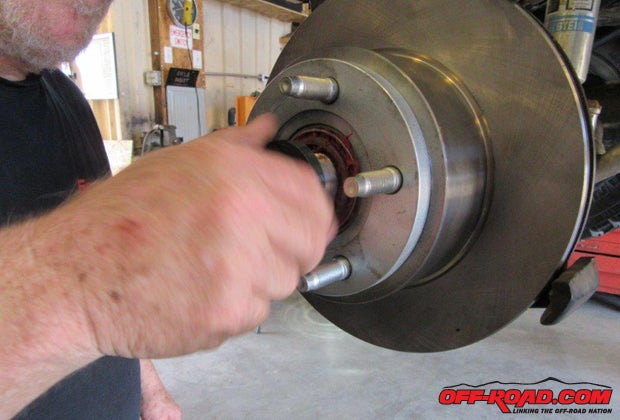
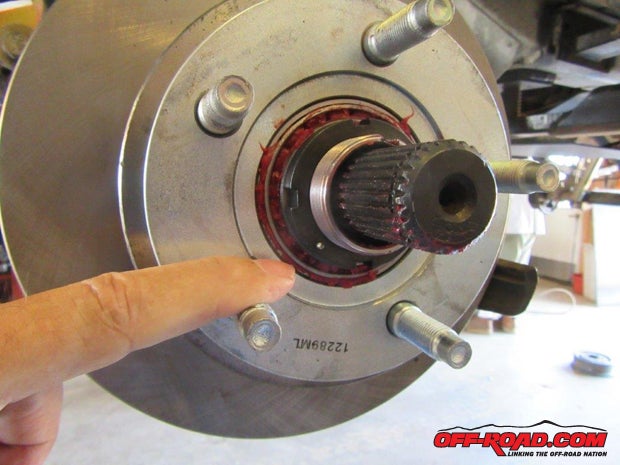
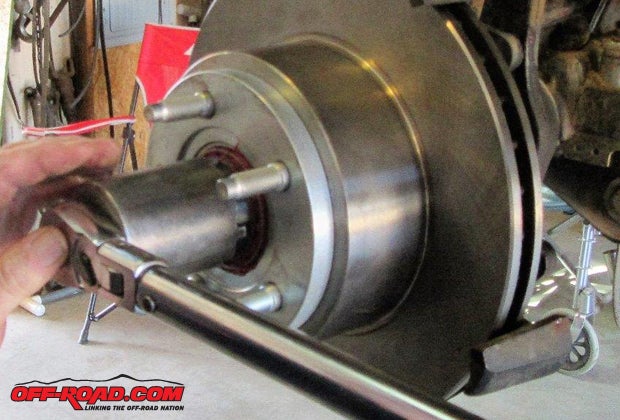
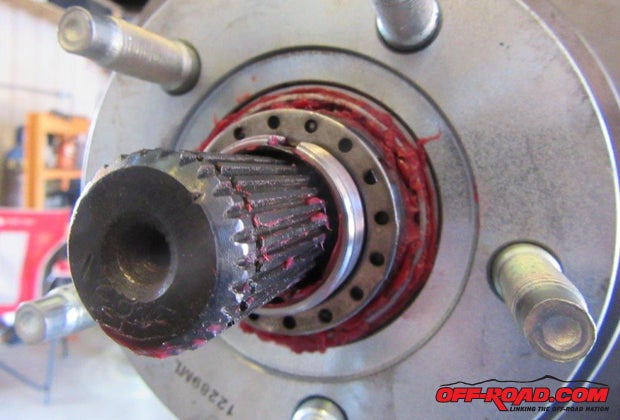
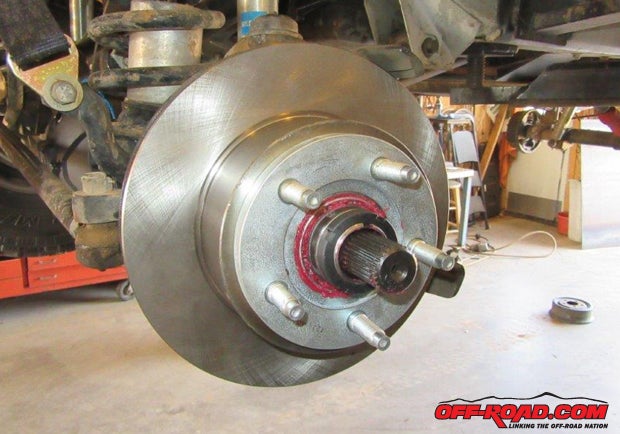
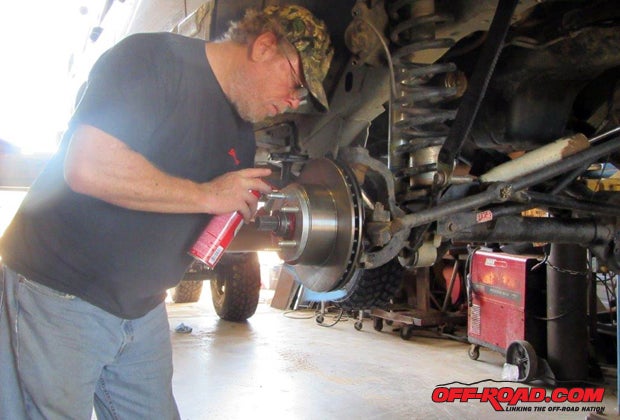
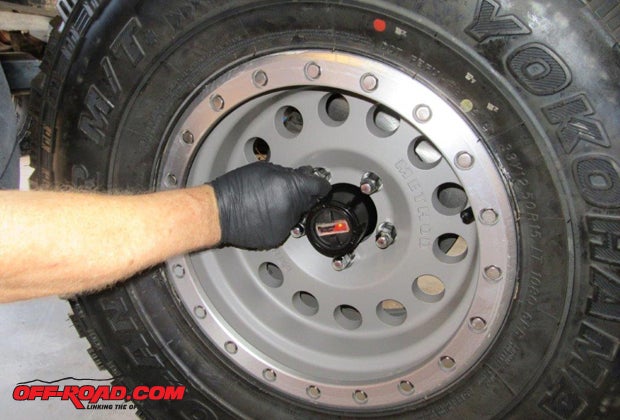
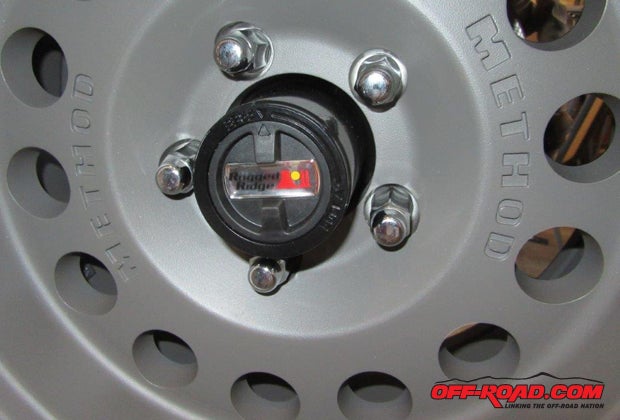
We had two additional steps that many of you won’t find necessary: Changing the differential cover and the fluid (so we had to clean out the gear case as much as possible). We’ll be using Royal Purple Max-Gear (75W-140W) synthetic gear oil, which is an ultra-tough, high-performance, GL-4 and GL-5 automotive gear oil designed to provide maximum protection to heavily loaded gears. It outperforms many other oils while maximizing power throughout the drivetrain because it combines high-quality synthetic oils with Royal Purple’s proprietary Synslide additive technology. Max-Gear makes your gears run smoother, quieter, cooler, and longer without overhauls. We think it’s worth the extra coin to get quality gear oil.
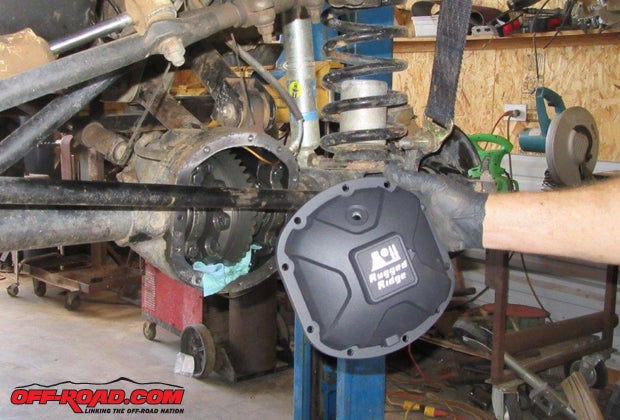
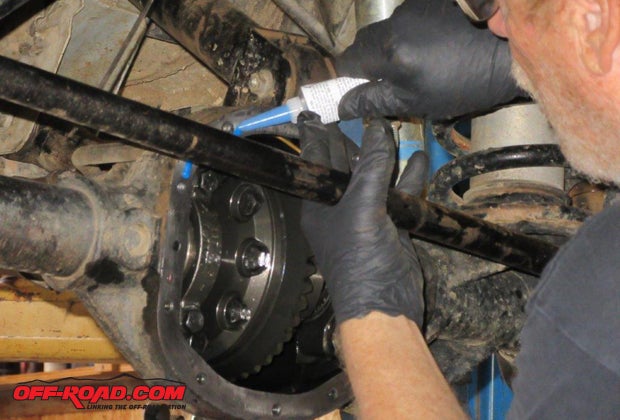
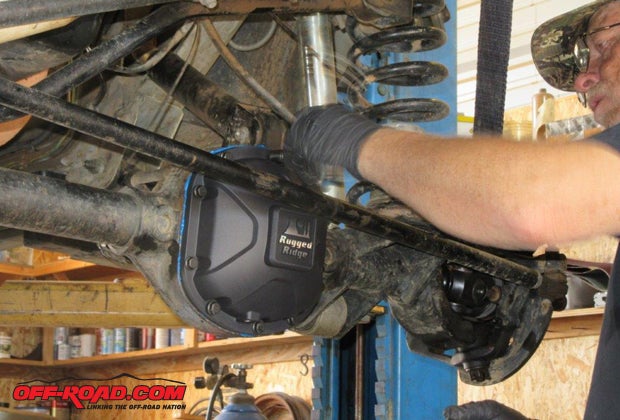
Not liking the OEM cover (which doesn’t have a drain hole)—it uses a mounting bolt that’s also magnetic as a double agent—Barnes felt a new differential cover would improve the Jeep’s maintenance routine. The Rugged Ridge Boulder high-strength cast-aluminum differential cover (P/N RGG-1659513, $77) is constructed from A356-T6 aluminum for strong impact resistance and features a precision-machined sealing surface, allowing gaskets or RTV sealant to be used for a leak-free seal (we used RTV). The cover is designed to help protect the internal components from damage caused by contact with rocks and other off-road obstacles as well as aid in quickly dissipating heat from the differential.
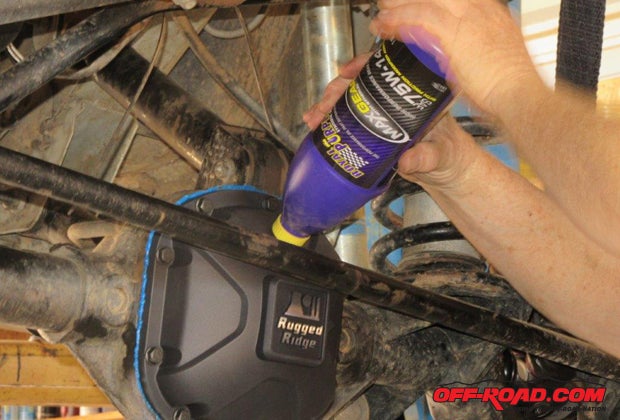
Just before loading the Cherokee on the lift for the install, we drove an 80-mile loop eastward out of Kingman, Arizona, on Interstate 40 for a mileage test. The route predominately climbs above Kingman’s 3,500-foot elevation but also covers rolling hills and fairly long flat stretches for 40 miles and then returns to Kingman in a reverse direction. Other than having no traffic (which introduces a variable because it can’t be duplicated), it’s an excellent repeatable route for mileage tests. The pre-conversion mileage was 15.1 mpg; while the post-conversion mileage was 15.38 mpg. Admittedly, this was a controlled test, so your results will vary, but it’s still a good indication of what your results will be. The other thing Mike noticed was that the Cherokee seems to drive and steer easier. In fact, it seems to accelerate better around town so in-town mileage may actually improve percentage-wise better than highway mileage.
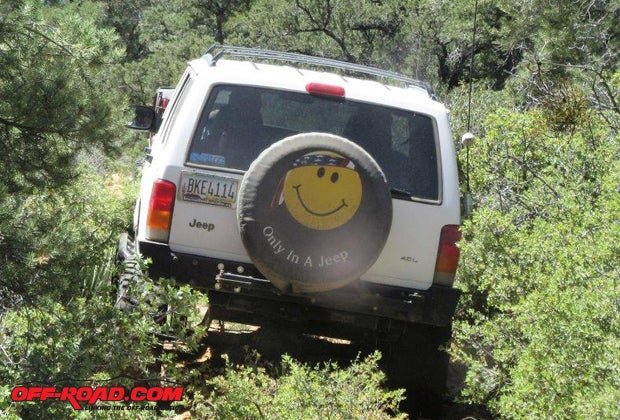
Source List:
Alloy USA
http://www.alloyusa.com/
Discount Tire Co.
http://www.discounttire.com/
Summit Racing
http://www.summitracing.com/


 Your Privacy Choices
Your Privacy Choices